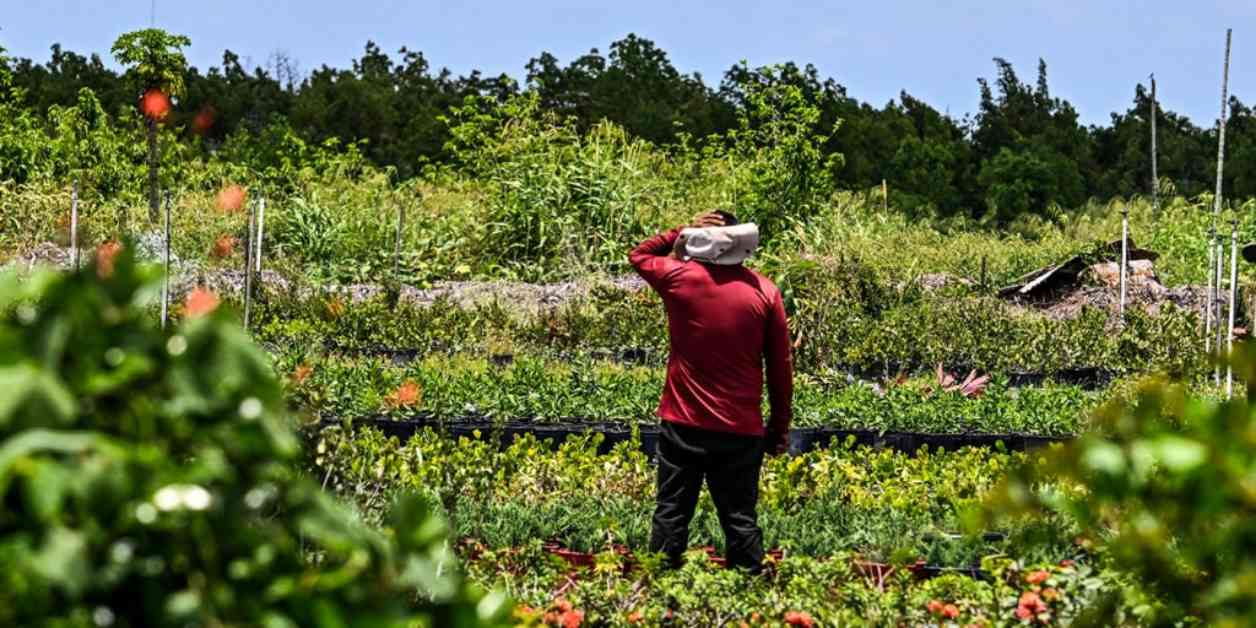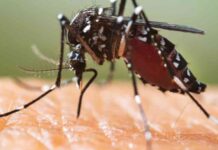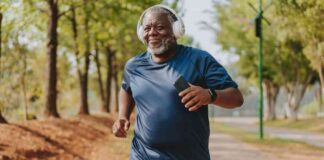Farmworkers are often exposed to extreme heat conditions while working in the fields, putting them at a higher risk of heat-related illnesses such as heat stroke. In an effort to address this issue, researchers have embarked on a groundbreaking experiment using early heatstroke detection sensors to monitor farmworkers’ vital signs and provide warnings if they exhibit signs of heat stroke.
The four-year study, taking place in Florida, includes over 150 farmworkers who are wearing these innovative biosensors while working in the fields. This experiment aims to not only protect the health and safety of farmworkers but also to raise awareness about the dangers of heat stress in outdoor workers.
The Importance of Early Detection Sensors
Early heatstroke detection sensors play a crucial role in preventing heat-related illnesses among farmworkers. These sensors can monitor vital signs such as heart rate, skin hydration, and movement patterns, allowing for early intervention if any abnormalities are detected. This real-time monitoring is essential in environments where extreme heat can quickly lead to life-threatening conditions.
The study, sponsored by the National Institutes of Health, is being conducted in Pierson, Florida, where temperatures can reach dangerous levels before noon. Farmworkers on a fern farm in the area have been equipped with biopatches that measure their vital signs and skin hydration, providing valuable data to researchers from Emory University and Georgia Tech.
The Role of Artificial Intelligence in Heatstroke Prevention
One of the key aspects of this experiment is the integration of artificial intelligence (AI) algorithms to analyze the data collected from the biosensors. The goal is for the AI to predict when a worker is at risk of heat illness and send alerts to their phone before any symptoms manifest. This proactive approach could significantly reduce the incidence of heat-related illnesses among farmworkers.
Roxana Chicas, a nurse-researcher at Emory University overseeing the data collection, emphasizes the importance of research and creativity in finding ways to protect farmworkers in the field. By leveraging technology and data analysis, researchers hope to improve working conditions and ultimately save lives.
Challenges Faced by Farmworkers
Farmworkers face unique challenges when it comes to heat stress, as they are often exposed to long hours of intense heat without adequate breaks or protection. The Environmental Protection Agency reports that an average of 34 workers die from heat exposure annually, with farmworkers being 35 times more likely to succumb to heat-related illnesses.
In states like California, there are regulations in place requiring employers to provide training, water, and shade when temperatures exceed a certain threshold. However, many states lack such protections, leaving farmworkers vulnerable to heat stress.
The study participants in Florida, recruited in collaboration with the Farmworker Association of Florida, have expressed their concerns about the risks they face while working in the fields. Juan Perez, a farmworker involved in the study, highlights the need for improved working conditions, including more breaks and better pay.
The Impact of Heat Stress on Farmworkers
The physical toll of working in extreme heat is evident on the faces of many farmworkers, who appear older than their actual age due to the strain on their bodies. Antonia Hernandez, another study participant, shares her worries about the heat risk faced by herself and her daughter, both of whom work in the fern fields.
The research conducted by Roxana Chicas and her team is part of a larger effort to protect farmworkers from the dangers of heat stress. By implementing lightweight biopatches that monitor vital signs and hydration levels, researchers hope to provide farmworkers with the tools they need to stay safe while working in challenging conditions.
Advancements in Wearable Sensor Technology
Wearable sensor technology has evolved significantly in recent years, making it easier to monitor vital signs and detect early signs of heat-related illnesses. While the biosensors used in the current study are not yet publicly available, similar systems like those offered by SlateSafety are already in use by employers to track workers’ core body temperature and prevent heat stress.
The Heat Illness Prevention System, utilized by the military, demonstrates the effectiveness of wearable sensors in preventing heat-related illnesses. By monitoring core body temperature and gait stability, this system can alert leaders to potential heat risks and take preemptive action to protect service members.
Future Implications of Early Heatstroke Detection Sensors
As researchers continue to analyze the data collected from farmworkers wearing biopatches, the next step is to identify patterns that indicate a risk of heat illness. By leveraging AI algorithms and real-time monitoring, the goal is to develop a system that can accurately predict and prevent heat-related illnesses among outdoor workers.
The potential impact of early heatstroke detection sensors extends beyond the agricultural sector, with implications for other industries where workers are exposed to extreme heat. By prioritizing the health and safety of workers, researchers are paving the way for innovative solutions to protect individuals from the risks of heat stress.
In Conclusion
The groundbreaking experiment using early heatstroke detection sensors represents a significant step forward in protecting farmworkers from the dangers of heat stress. By combining wearable sensor technology, artificial intelligence, and data analysis, researchers are working towards a future where heat-related illnesses can be prevented before they occur.
The commitment to improving working conditions for farmworkers and raising awareness about the risks of heat stress underscores the importance of proactive measures in safeguarding the health and safety of outdoor workers. Through ongoing research and collaboration, we can strive to create a safer environment for all individuals who face the challenges of working in extreme heat conditions.

















